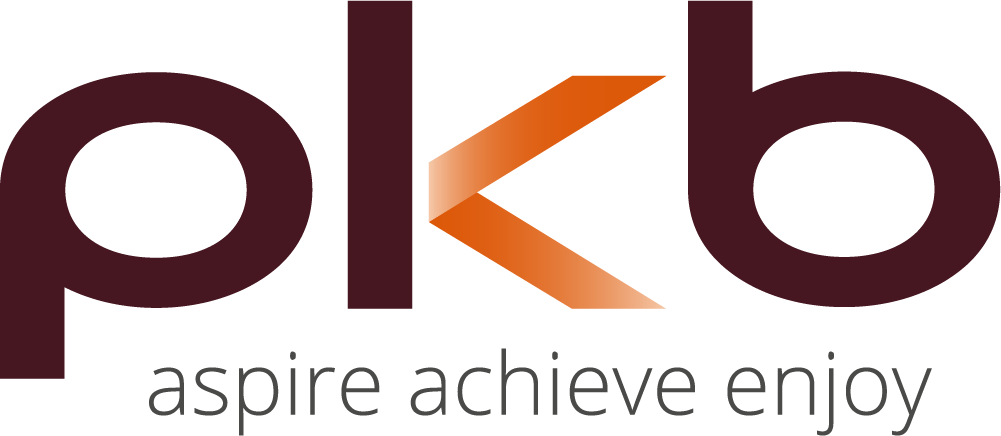The Coronavirus Job Retention Scheme (CJRS) and Statutory Sick Pay (SSP) Rebate scheme were two of the many grants introduced by the UK government amidst the pandemic. They were designed to help organisations stay afloat and keep staff in employment during closures and the inevitable downturn in business that many faced.
Like the Self-Employment Income Support Scheme (SEISS), both the CJRS and SSP rebate have now come to an end.
Below is a guide which explains how to submit your final claims, how to report any funding you received on your tax return, the government support that’s available now and a reminder about keeping vigilant against scams.
Submitting your final CJRS claim
The Coronavirus Job Retention Scheme closed on 30 September 2021. If you haven’t submitted your final furlough claim already, you have until Thursday 14 October 2021 to do so. Please note, this is the final deadline and no claims will be accepted after this date.
You can claim 60% of your furloughed employees’ usual wages for the hours not worked, up to a cap of £1,875 per month per employee. You’ll need to contribute 20% from your own funds so that your furloughed employees continue to be paid at least 80% of their usual wages in total, for the hours they do not work (up to a cap of £2,500 a month).
What to do now:
- Work out how much you can claim, and the contribution you’ll need to make to reach 80% of usual wages. You can do this on the gov.uk website
- Submit any claims for September, no later than Thursday 14 October
- Keep records supporting the grants you claim, in case HMRC needs to check them
- Make sure you pay CJRS-related employee tax and National Insurance contributions to HMRC. If you’re struggling to pay, please contact HMRC or us and we’ll discuss the different payment options available
- Include grants in your Self-Assessment return, if you usually file one (we discuss this in more detail below)
- Search ‘Plan for Jobs’ on the GOV.UK website to find other support that may be available to you
Reporting coronavirus grants on your tax return
The government grants which were provided during the pandemic are taxable and therefore must be declared as income on your tax return.
Depending on your business type you’ll need to report this as income on your corporation tax return, your partnership return or the self-employment pages of your individual tax return.
To find out how to include a grant or payment on your tax return, head to the gov.uk website for further information.
Other UK Government support available
You can find everything you need to know about the CJRS on gov.uk. Some frequently asked questions about the scheme include:
What support is available for my employees if I’m unable to bring them back to work?
There’s UK Government support available for your employees through the JobHelp website, offering a range of support, training and advice, to help people find their next opportunity. This includes the Kickstart scheme and other Plan for Jobs support measures, along with advice on learning new skills and finding out who’s recruiting.
You can find out more about this by heading to the gov.uk website.
Normal redundancy rules and protections apply to furloughed employees.
Please head to the government website to find out how your business could benefit.
What support is available to help my business grow?
If you’re looking to grow your business, the UK Government Help to Grow scheme offers management and digital programmes to help you learn new skills and reach more customers. You can register your interest for this here.
If you’re considering taking on new employees, there’s a range of UK Government support available to help your business, including placements, apprenticeships and training opportunities.
Making a final claim for the Statutory Sick Pay Rebate Scheme
The Statutory Sick Pay Rebate Scheme closed on 30 September 2021, and you have until 31 December 2021 to submit any final claims, or to amend claims you have already submitted.
If you’re an employer with fewer than 250 employees and you’ve paid Statutory Sick Pay (SSP) to employees for sickness absence or self-isolation that was coronavirus-related until 30 September, you could be eligible for support.
You can make claims yourself or speak to us about making claims on your behalf. The repayment can cover up to two weeks of the applicable rate of SSP.
You can check to see if you can claim back SSP on the gov.uk website.
Closure of extended appeal window due to coronavirus
In February 2020, HMRC introduced a three-month extended window to appeal against tax decisions and penalties if the delay in making the appeal was due to coronavirus. This ended on 30 September. For tax decisions and penalties dated up to and including 30 September 2021, the extended window to appeal is still available. You should follow the normal process and times for appealing decisions dated from 1 October onwards.
Some are still feeling the impact of coronavirus and this may still be a reasonable excuse for not meeting your tax obligations on time. HMRC will consider appeals and ask for evidence if needed. For more information, head to the gov.uk website.
Remaining vigilant against scams
There have been a lot of scams related to the government support available during the pandemic. We’re therefore urging customers to be careful if they’re contacted out of the blue by someone asking for money or personal information. We continue to see high numbers of fraudsters calling, emailing or texting customers claiming to be from HMRC.
If in doubt, we advise you not to reply directly to anything suspicious, but to contact HMRC straight away and search GOV.UK for ‘HMRC scams’.
The National Cyber Security Centre has a helpful guide on how to stay secure online and protect yourself or your business against cyber crime.
For more information about submitting your final CJRS claim or anything else we’ve discussed, please don’t hesitate to get in touch with PKB.
To read news and blogs from Rebecca Austin, click here >>


